Operators seek sophisticated risk management tools
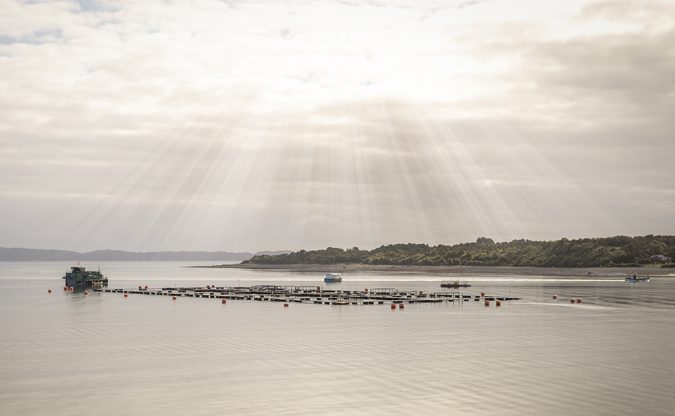
Aquaculture is, by its nature, a risky business.
It is technically demanding, with farms often situated in areas susceptible to storms, tsunamis, earthquakes, volcanos and pollution.
Farmers’ stocks are vulnerable to natural events like algal blooms, attacks from jellyfish and sea lice, not to mention numerous species-specific diseases. Mechanical or electrical breakdowns, water supply failures and theft or malicious acts round out a seemingly endless list of potential pitfalls.
Insurance would therefore seem to be an essential protection.
The world’s first insurance company for buildings was set up in London in 1667, but for aquaculture such services originated only 30 years ago, when Sunderland Marine first started offering policies to a fledgling salmon industry. The company recently celebrated its milestone anniversary as the longest-serving global aquaculture insurer and the largest underwriter in this sector.
“Since we wrote our first policy for a salmon farm off the northwest coast of Scotland in 1986, the global aquaculture industry has grown from 10 million to 75 million [metric tons] a year, and now represents approximately 50 percent of all fish supplied for direct human consumption,” said CEO Tom Rutter.
Insurance for aquaculture is generally a stock mortality policy, insuring animals against unforeseen events that cause losses. Such insurance is available for a wide range of species, although salmon dominates the industry, and will protect capital investment against natural hazards that affect fish health, assets and harvests.
Losses lead to higher premiums
The idea of insurance is simple, but because the aquaculture industry is difficult to insure, the risk can be tricky to quantify.
“Each policy is an involved process involving an extensive due diligence process. This has led to few companies willing to enter the underwriting arena, and those that do, have their portfolios reinsured by numerous other companies, to spread their exposure to losses,” said Rui Gomes Ferreira, CEO of Longline Environment Ltd.
The result is that aquaculture insurance is expensive to put in place, so it is no surprise to find that it is more readily taken up in places where fish farming is commercially advanced, rather than on a smaller scale.
“In the past, insurance companies were attracted to aquaculture’s impressive growth rate and offered insurance without an adequate technical approach or back up, but this has inevitably led to significant losses, which in turn puts the cost of premiums up,” said Ferreira.
Technology is playing an increasing role in separating myth from fact and in helping insurers to understand and quantify their risk.
Today, insurance companies place greater emphasis on effective risk assessment and management strategies, and specialist expertise and knowledge is used to gauge the risk of loss.
Sunderland Marine has risk managers in place around the world who maintain close contact with policy holders to ensure that the needs of both the insurer and the insured are adequately covered.
“Our fully interactive approach benefits policyholders by providing access to best practice advice from around the world. It also ensures that our underwriters are fully appraised of the risks at each site and the latest developments in the industry,” said Rutter.
Fish and shellfish farms in regions such as Europe, North America, New Zealand, Australia, Japan and parts of Southeast Asia, as well as established fish farming giant Chile, are the most likely to have cover in place. Even then, it is the global corporations that protect their assets, rather than smaller individual concerns, who may see stock and infrastructure investment as higher priorities than insurance, where income is limited.
“In China, for example, absence of insurance cover is one of the key challenges to improving fish and shellfish farming,” said Ferreira. “However, small-scale producers can’t afford to invest in higher-quality fingerlings, which would have better survival rates, and when natural disasters strike, they don’t have the resources to replace their lost stock.”
Coverage lacking worldwide
Aquaculture production worldwide is valued at more than $61 billion (€57 billion) per year, while aquaculture premiums are estimated at $120 million (€115 million) year, a figure that reinforces the limited level of take-up. A recent estimate from a leading insurer suggests that the majority of the world’s fish farms either have no coverage or inadequate/inappropriate coverage.
There are almost weekly reports of large-scale losses in aquaculture. Earlier this month, more than 149,000 salmon belonging to Nova Austral in Chile died due to Karenia, a toxic microalgae. At the start of 2016, 25 million salmon died as a result of an algal bloom in Chile. New Zealand King Salmon reported a “multimillion-dollar problem” due to high water temperature-induced losses in 2015.
In New Zealand, in December 2016, 13,000 young salmon died following a break-in at a land-based fish farm and café, when intruders shut off the water supply and oxygen levels dropped.
According to owner Ben Monk, the stock in question was not insured, and the loss to his business was more than $15,000 ($20,000 NZ).
Due to the varied nature of aquaculture operations – onshore, offshore, hatcheries, nurseries and live transport for fish and shellfish – the cost of insurance differs from farm to farm, and will depend on the nature of the risk exposure and the operating standards of the farm. According to Ferreira, it is not a one-size-fits-all coverage and is most effective when tailored to the specific needs of an individual farm, with emphasis on covering risks beyond the direct control of that farm.
He believes sophisticated tools, like computerized modelling, are becoming more and more important in helping with the evaluation of sustainability and risk. His company already uses modelling tools, backed up with scientific expertise, to decipher satellite data about storm tracks and nutrient data to forecast algal blooms.
“We are attempting to make aquaculture insurance a sustainable venture through the application of science,” he said. “At the moment this approach is reactive rather than proactive, but technology is playing an increasing role in separating myth from fact and in helping insurers to understand and quantify their risk.”
In the short-term, aquaculture insurance seems likely to remain highly salmon-centric, but an increasingly high-tech approach should enable insurers to develop a more balanced-portfolio approach, and to spread their risk between species and geographies.
Encouraging stricter standards for production methods and stress testing of farming practices and equipment would also help.
“Banks use stress testing to gauge how certain stressors will affect a company, industry or specific portfolio, and our industry should consider doing the same,” said Ferreira.
Such a shift in tactics could bring more competition to the marketplace, with a resultant decrease in premiums. This would in turn enable more farmers to afford policies and make the market more buoyant.
Author
-
Nicki Holmyard
Nicki Holmyard has written about the seafood industry for longer than she cares to remember! A committed pescetarian, she is also a partner in the UK’s first fully offshore rope-grown mussel farm.
Related Posts
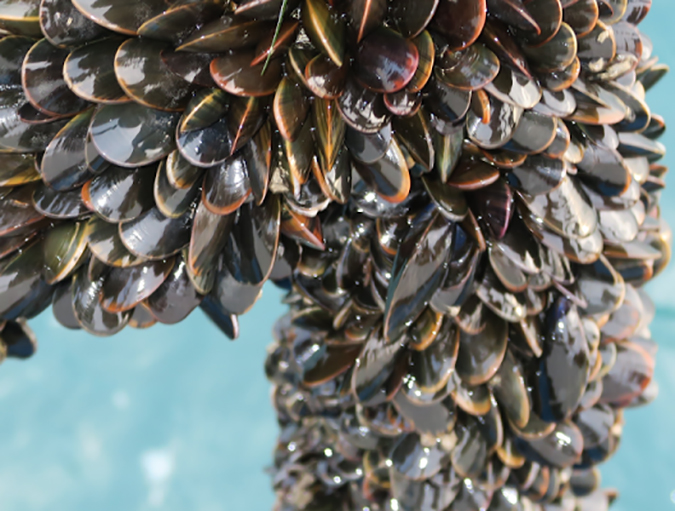
Innovation & Investment
Pioneering U.K. mussel farm channels innovation, ambition
John Holmyard’s family has navigated a complex journey to get their rope-grown mussel farm operational in the waters off southern England. Offshore Shellfish Ltd. has solved the puzzles of bespoke equipment, a perplexing permitting process and the social license to operate.
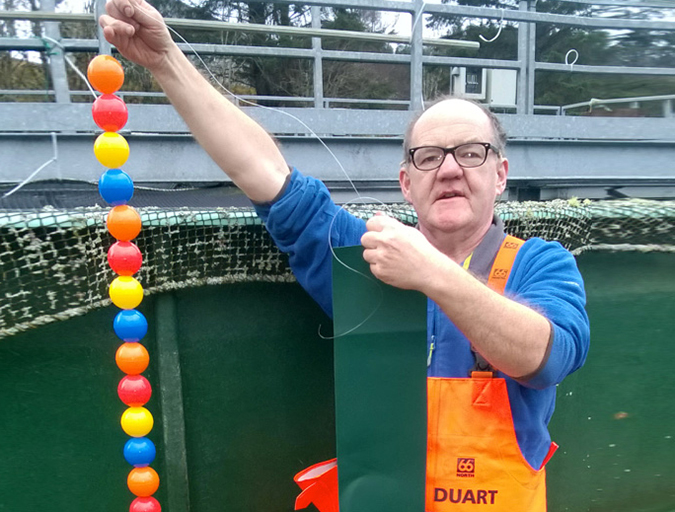
Health & Welfare
Time to play: Farmed fish respond to environment enrichment
Animal welfare on fish farms encompasses health, diet, water quality, husbandry, handling and slaughter. Add environment enrichment to the list, like a Scottish salmon company, which keeps its fish healthy by keeping them busy.
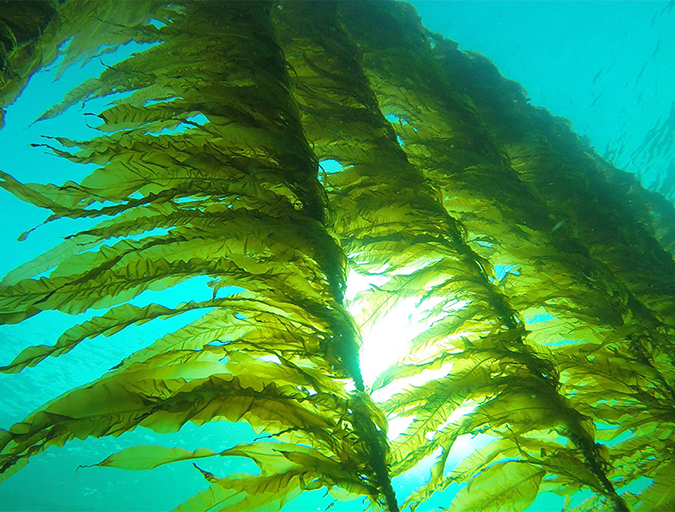
Responsibility
Can aquaculture flourish in a more symbiotic sea?
The 18-month Maribe project has uncovered some promising ideas for promoting growth and jobs within the blue economy. Aquaculture, fingered as one of five key areas for growth, could benefit from collaboration with renewable energies.
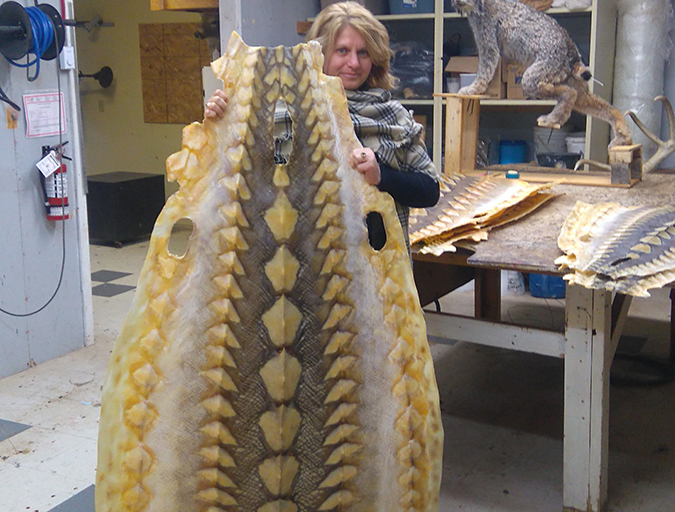
Intelligence
As sturgeon farming grows, demand concerns emerge
Caviar, or lightly salted sturgeon roe, has been enjoyed for centuries as an expensive gourmet delicacy. After a drastic decline in wild sturgeon stocks, aquaculture stepped in to fill the void. But can farmed supply find lasting balance with market demand?


